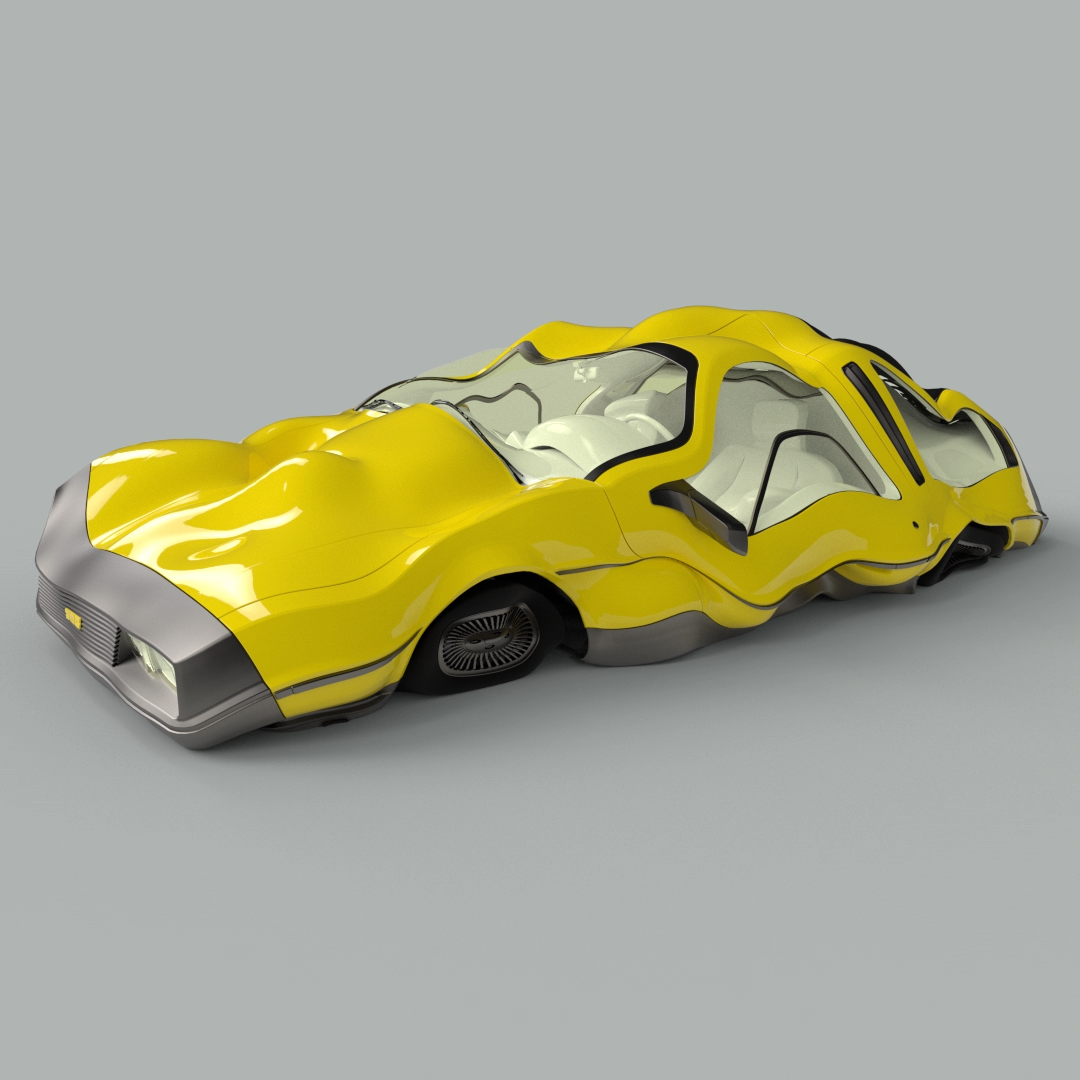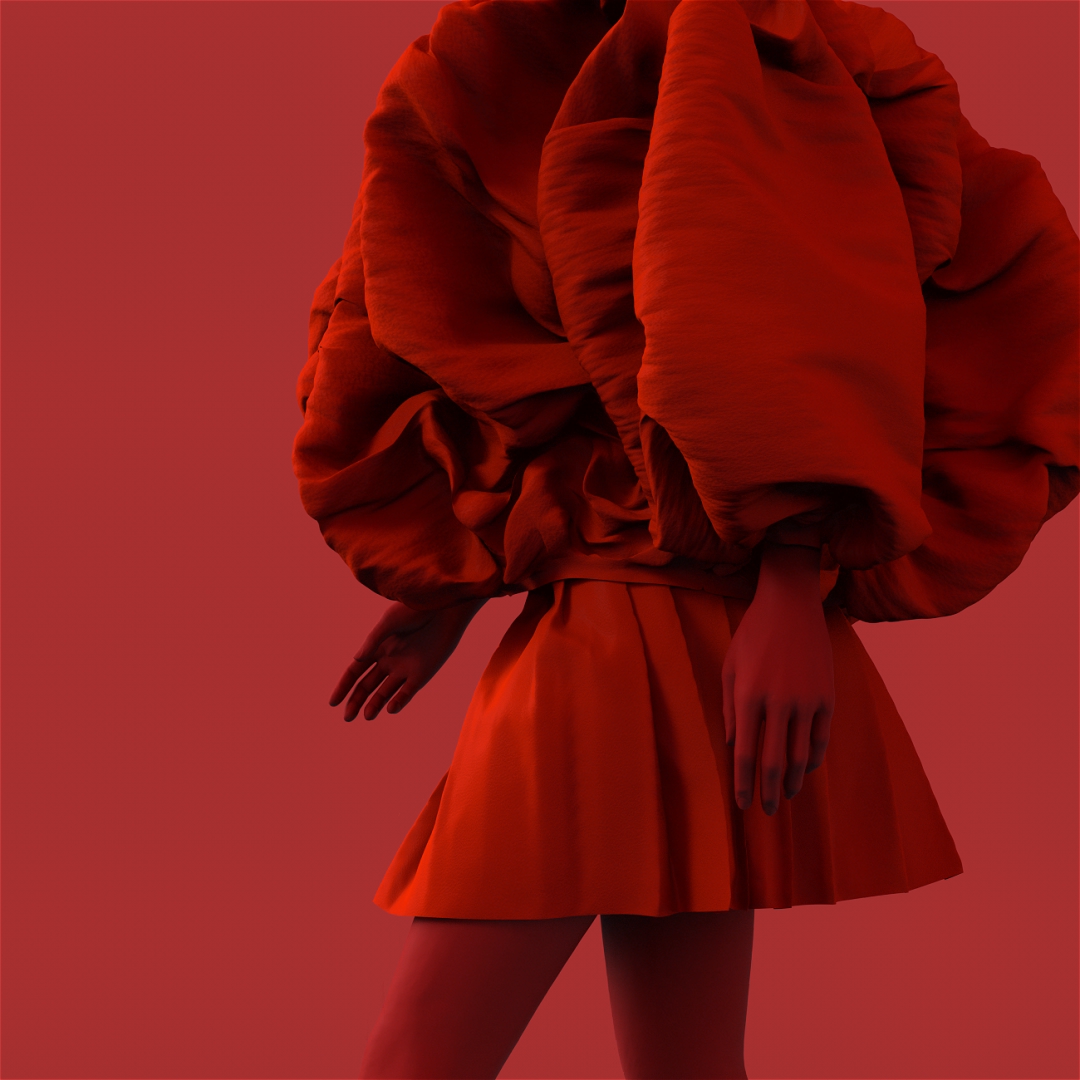A Visual Magician
Being authentic, having an identity and expressing your true self. These three strong words are right to describe visual motion maker Helmut Breinder. He is expressing his personality through his creative work and lets the whole world enjoy it. Art has an extraordinary power. It redefines what people believe in with creating movements to change the world. Helmut Breineder is a creative who is inspired by real feelings and what is authentic to him. He can be seen as a visual magician with the way he manipulates art and motion. We had the pleasure to have an inspirational conversation with berlin-based artist.
I think the power lies more in the art itself, and less in the art industry. For me, the power of art lies in its potential to redefine how we perceive things, to transcend perception, but also in itsforce as political protest and creating social movements.
How did your interest begin in motion making?
That goes far back to childhood when I really enjoyed recording videos with a HI 8 Camera. Afterwatching Jan Svankmajer’s films for the first time, I started doing stop-motion animations and experimental short movies. As I wanted to manipulate the footage, I got more and more interested in computer generated animation and VFX. Around 1999, I started working as a VJ for clubs and festivals. That is how I got into doing motion design for commercials, music videos, media installations, and projection mappings.
What century of art do you find the most inspiring?
From prehistoric art until today, I think art has always been fascinating. Art was important and vital to every society in history, and therefore I find it incredibly interesting to see it in the context of time and space, and how it constantly influenced, shaped and reshaped cultures and their rituals, values, styles, ideas etc. Personally, I find the 20th century the most inspiring because so many individual artists and different art forms and art movements that had a big influence on me are from that era: Egon Schiele, Duchamp, Joseph Beuys, James Turrell, Cindy Sherman, Bruce Nauman, Edward Hopper, Picasso, Man Ray, John Cage, Valie Export, Victor Vasarely, Erwin Wurm, and thelist goes on…. Also, because new technologies like photography and film developed into incredible artforms during the 20th century.

An atmosphere of beautiful chaos nurtured art.
How would you describe being authentic in your field?
There is a huge amount of content in motion graphics nowadays, as more and more people have gotten into it, and the constant advances in technology keep accelerating the output. There is a lot of talented and also experienced people at work, but also a lot of stuff that very much looks the same. It is a good and natural thing that people inspire each other, but in order to not just being a copy of something or someone, it is important to find your personal interpretation of things creating your own style. One way of being authentic is expressing your personality through your creative work, your way of seeing things, your sense of Humor, your personal experiences, etc.
What excites you the most right now?
To see my little daughter growing, she is four now. It is beautiful to be part of her life journey.
What do you think is the power in the art industry?
I think the power lies more in the art itself, and less in the art industry. For me, the power of art lies in its potential to redefine how we perceive things, to transcend perception, but also in its force as political protest and creating social movements. Where on the other hand the art industry seems to be much more about capitalist values, such as making money and getting famous.

One way of being authentic is expressing your personality through your creative work, your way of seeing things, your sense of humor, your personal experiences…
Berlin is a very creative environment. Do you think the city inspired you as an artist? And why do you think the city is such a magnet for artist all around the world?
After leaving Austria where I was born, I first moved to London, and later to Sao Paulo, Brazil where I resided for over 10 years. Any place I have lived inspired me, especially Brazil. But for sure, Berlin had a positive influence on my life and work in the last couple of years. Compared to Sao Paulo, where I used to work too much extra hours all the time doing motion design for commercial brands, in Berlin I have a better work / life balance, giving me more time to work on personal projects. Meeting lots of creative people and artists definitely motivated and inspired me further to continue with my own projects.
For a long time, one main factor why Berlin was a magnet for artists was the very low prices, especially for housing. It was a great place to focus on making art without being too worried about paying bills. There were a lot of abandoned buildings which provided artists with incredible spaces to work in/with, an atmosphere of beautiful chaos nurtured art. People were extremely creative in building their own way of living and making art within these spaces. Times have changed, and prices have risen with staggering speed. It continues to be a magnet because it has become extremely popular, and for someone coming from places such as London, Paris, New York it still might look cheap. And of course, Berlin’s notorious nightlife still attracts a lot of people.
When you start your creative process, do you believe in preparation or creating your own steps along the way?
I used to work rather spontaneous, with very little planning. This way it feels like leaving a lot of space for things to develop naturally. Sometimes randomness, coincidence or even mistakes turn out to be surprisingly great, and I think in my case with too much preparation that would happen less.
Do you have a milestone in your life?
Not in the sense of reaching something at a certain time in the future. It is more about being able to enjoy the present, by doing work that I feel good with, and especially having enough time to spend with my family and friends.

What is a book you read more than once?
“Slaughterhouse-Five” by Kurt Vonnegut.
What is real for you in the digital world we live in?
Same things that were real before the digital world existed. Even though we live in a digitalized world, the most essential things are not digital. Empathy, relationships, emotions, food and so on, cannot be digitalized (I guess).
What do you think about social media and its effects on image making?
It helps spreading your work, which is a good thing. On the other hand, it feels like as more and more content is produced faster every day, most projects are short lived and get forgotten quicker. As so many people try to be visible on just a few platforms there is a huge race for attention going on. Until a certain point it helps artists to push themselves a lot by constantly creating new output, and therefore developing a lot of skills, but I think people also get exhausted by being hooked to their screens, constantly watching things and feeling the need of endlessly feed the social media machine.
What is unique about motion making? What has struck you the most when you decided “This is it, this is what I want to do”?
Early on I was mainly interested in Cinema, but it turned out to be very hard to get funding for film projects. Basically, I was fascinated how much you can do in Animation with just a computer. It felt great to just start working on ideas right away, almost like creating music which I was into, before creating moving images.
Do you have a message for the future?
Consume less.